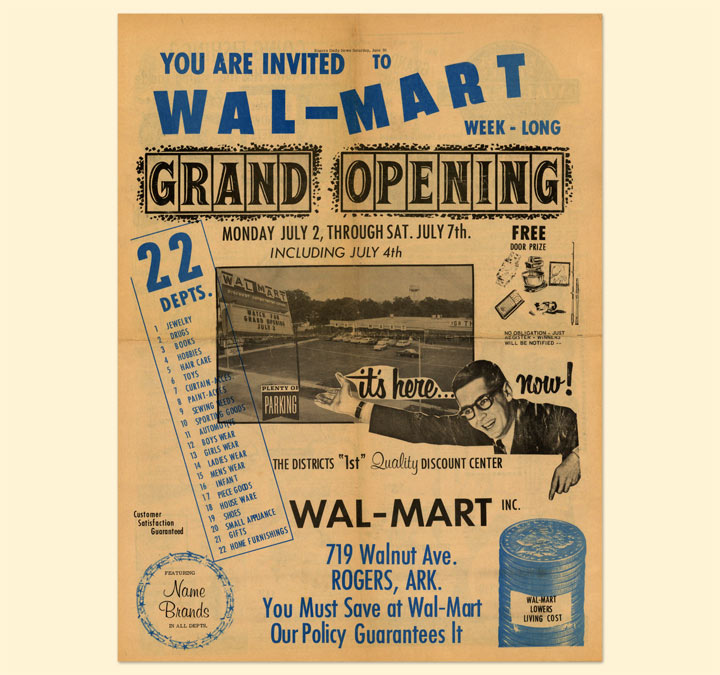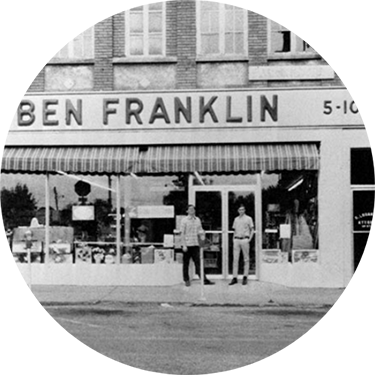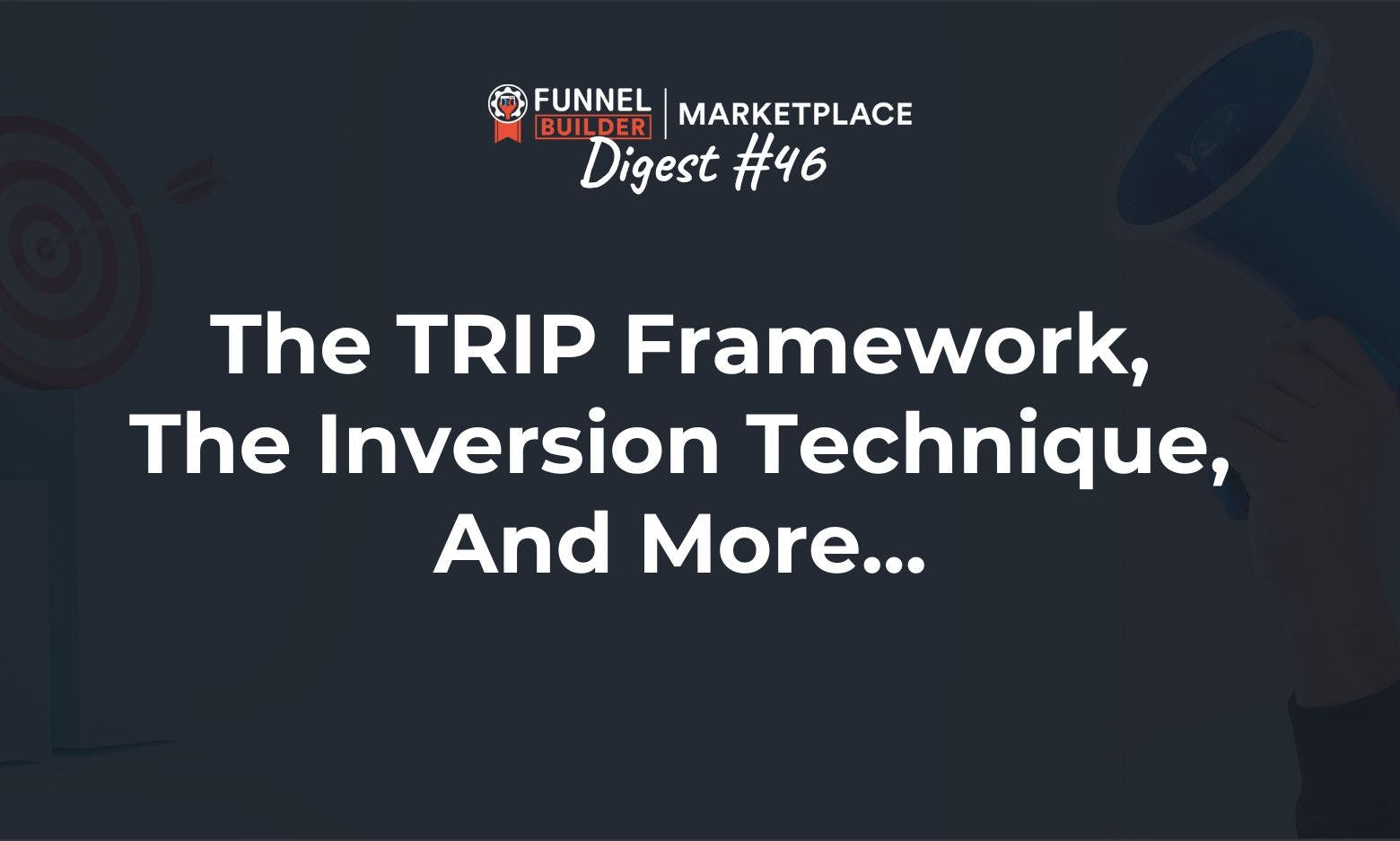Hey, I hope you've had a great week!
There have been interesting developments here at the marketplace, and a few pieces of gold have come from it. Here they are my friend:
1. FBM EXPERT TIP:
Three weeks ago, I was interviewing funnel expert Eric Hodgdon for a summit he was invited to talk at.
During the interview, he spoke about a very interesting framework that has been followed by successful entrepreneurs and aided their success. Naturally, I asked to share this with you. Here it is...
"In the summer of 2021, the company I was working with wanted to launch a webinar funnel. Excited for the big things to come, we built it quickly and marketed it far and wide.
Our excitement was short-lived.
...Only 20 people attended and only one person bought. Not the result we expected.
We planned a series of webinars and told ourselves the next ones would be better... They weren't.
By week three, only five people had bought our service. My boss was so frustrated he pulled the plug.
I was frustrated too. I wanted to know why this didn’t work. And so I started reading every book I could find on marketing funnels. And it finally became clear where we had gone wrong in our strategy.
First, we didn't understand what was fully required to have a successful sales funnel, and we certainly didn’t give it the time and patience it deserved in order to become successful.
Since then, I’ve made it my mission to help people get back up from their setbacks – to guide entrepreneurs in developing GRIT when it feels like you want to quit.
I’ve spent over 1000 hours learning how to create, build, launch and everything in between. And so I want to share with you a secret framework that most successful funnel entrepreneurs won’t share with you. This will save you time, money and a whole lot of energy on your journey.
This framework is called T.R.I.P.
T is for Technology
There are two aspects of technology we need to consider. First – “What do I want?” Second, and more importantly, “What do I need?” My friend, focus on what you need first. Then add what you want later on.
Next is R for Resilience, or as I like to call it, GRIT
At some point on this entrepreneurial journey, you will experience a major setback. It’s just part of being an entrepreneur. Here’s the thing: setbacks are truly lessons for us to figure out what we need to do differently moving forward. Full stop.
Next is I, and that stands for Impact
What is the impact that you want to make with your product or service? In order to make the impact you desire, you have to be SUPER clear on who your ideal client is – your avatar. You speak directly to your avatar through all of your messaging, including the copy in your sales funnel.
The final component of the trip framework is the most important.
It is P for Patience
This is not the first time in life that you’ve had to overcome adversity and it won’t be the last. We must have patience on this journey or else the setbacks will take you out of the game.
Every successful funnel entrepreneur has had to be patient. We’re no different. Remember, in life, as in any endeavor, we cannot take all of the steps at one time, we can only take one step at a time. Be patient at each step of the way, even if it’s a step back…
Reminder: Don’t stop! Take the T.R.I.P. Enjoy the trip, but don't let any setbacks trip you up. There are a good number of strategies that help you turn your struggle into a huge success." - Eric
Let's be honest, being an entrepreneur can be a nightmare! I know most online marketers tell you it's easy, but it's really not. Having someone like Eric beside you to not only guide your funnels and marketing but have your back when times get rough can be the difference between quitting and reaching the 2 Comma Club.
If your motivation is below a 7 right now, reach out to Eric here. Not only will he get you feeling great again, he'll also give you guidance on how to make your funnels work!
2. MARKETING TIP/ORIGIN STORY OF THE WEEK:
It's been a few weeks since the last one, so I wanted to tell you one of my favourite origin stories. This is the story of how one average individual slowly worked his way into creating one of the largest supermarket chains on earth.
Twas the summer of 1940...
In the college town of Colombia, Missouri, USA, Sam Walton was graduating with an economics degree from the University of Missouri.
Excited to get into retail, Sam was overjoyed when he was accepted for a management trainee position at J.C. Penney.
However, his time at J.C. Penney was short-lived. In 1941, when America joined World War II, Sam joined the army, serving as a communications officer in the Army Intelligence Corps.
After leaving the military in 1945, at 26 years old, Sam was eager to start his own business. With a small amount of savings and a $20,000 loan from his father-in-law, he opened a Ben Franklin variety store in Newport, Arkansas.
Sam's philosophy was simple: provide customers with great value and great customer service to drive huge sales numbers and create bargaining power with the manufacturers. Live frugally, and reinvest profits in growth.
Despite significant setbacks, eventually his philosophy paid off.
By 1960, he had expanded to nine Ben Franklin variety stores in the region. However, Sam wasn't content.
By keeping his philosophy top of mind, he one day stumbled upon the realisation that would change retail forever.
At the time, large American discount store chains typically situated their stores in or near large cities, but Walton was convinced that even small towns could generate enough business to make such stores profitable.
While Sam was certain small towns could be profitable, the owners of the Ben Franklin variety franchise weren't. They had no interest in setting up in small towns, so Sam made the bold choice to go it alone.
In 1962, he opened his first “Wal-Mart (Walton's Market) Discount City,” in Rogers, Arkansas.

Poster of the grand opening of the first ever Walmart.
Despite initial scepticism from customers, the idea worked, and two years later, he opened two more Walmarts, one in Harrison and another in Springdale.
From there, things took off like a rocket.
Today, Walmart operates more than 10,500 stores and clubs in 20 countries around the world. Sales were over $567bn last year (slightly higher than the GDP of Austria), and it employs more than 2 million people worldwide, meaning it has four times as many men and women in uniform than the US Army.
It's easy to look at a business like Walmart and think it was created by a team of geniuses who were destined for greatness and knew the exact steps to take to get there. But this is not true at all.
Sam later recalled that "For all of my confidence, I hadn't had a day's experience in running a variety store." He paid a price for this inexperience before his store even opened. He had selected the wrong store and paid too much for it. "Only after we closed the deal, of course, did I learn that the store was a real dog and I was paying the highest rent anybody'd ever heard of in the variety store business."
Discussing Walmart's success, Sam said, "I had no vision of the scope of what I would start. But I had confidence that as long as we did our work well and were good to our customers, there would be no limit to us."
He had a philosophy, a problem he was solving. All he did was work to solve that problem. There were setbacks and failures every step of the way, but he kept moving towards that vision.
One individual who attended the opening of the Walmart in Harrison, Arkansas, gave his candid opinion on the opening, saying, “It was the worst retail store I had ever seen.”
What's the problem you're solving, and what's the next step you can take to solve it?
If you want to dive deeper into Sam's story, get his autobiography. It's one of the best books I have ever read. You will truly see how he was just like you.
3. TOP TIP FROM A FELLOW COMMUNITY MEMBER:
This next tip might just help you do that...
Unleash the power of the "Inversion Technique" to understand your customer's needs and transform your business strategy.
Instead of brainstorming what your clients want, focus on listing all the things they don't want to experience.
This unconventional approach allows you to identify pain points and offer tailored solutions that truly resonate with your target audience.
Reflect on the story of Netflix, which revolutionized the movie rental industry by addressing customer pain points. By focusing on what customers didn't want - late fees, limited selection, and inconvenient trips to the store - Netflix developed a groundbreaking subscription-based model that ultimately dethroned the once-mighty Blockbuster.
A study by the Kellogg School of Management at Northwestern University revealed that the Inversion Technique significantly improves problem-solving and decision-making abilities.
By identifying what clients don't want, businesses can craft strategies that address core issues and foster long-lasting customer relationships. What don't your customers want?
Use that information to develop innovative solutions that set you apart from the competition and drive your business to new heights.
4. FUNNEL OF THE WEEK:
Not only did he provide a great tip with the TRIP framework, Eric has also put one of his funnels forward to be hacked and reviewed by you. Here it is.
As always, take a look, and be sure to let me know what you like and what you would test!
5. FOOD FOR THOUGHT:
"Content builds relationships. Relationships are built on trust. Trust drives revenue."
— Andrew Davis
Have a great weekend,
Lee

Don't overwhelm yourself
with visions of the future.
Focus on the problem
you're solving now and
good things will come.

